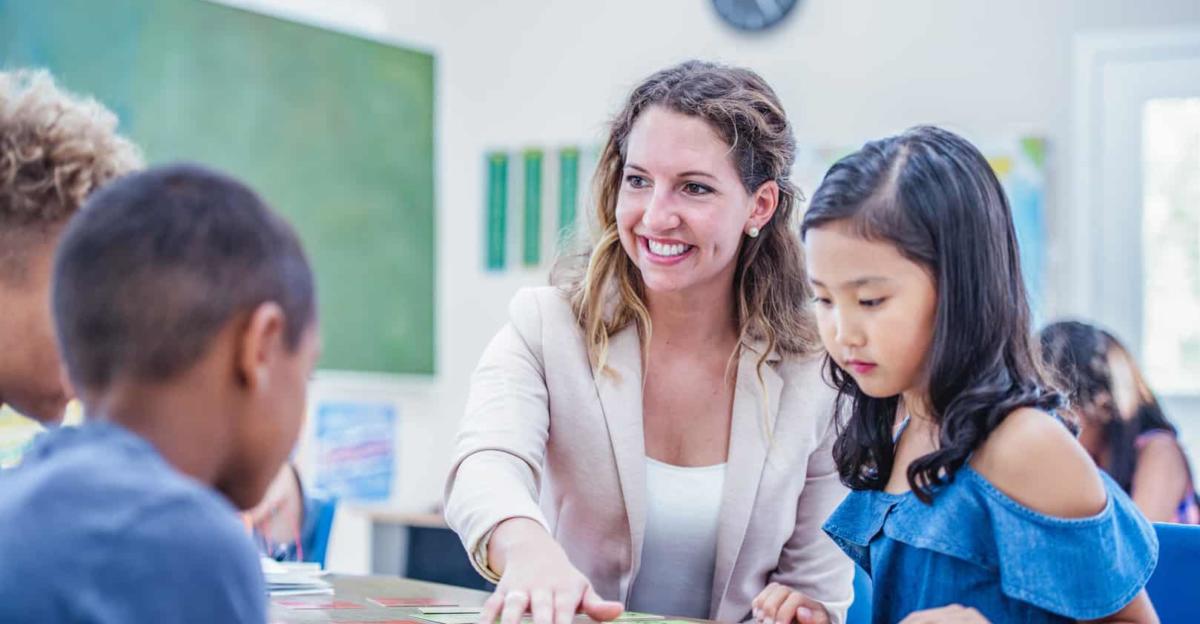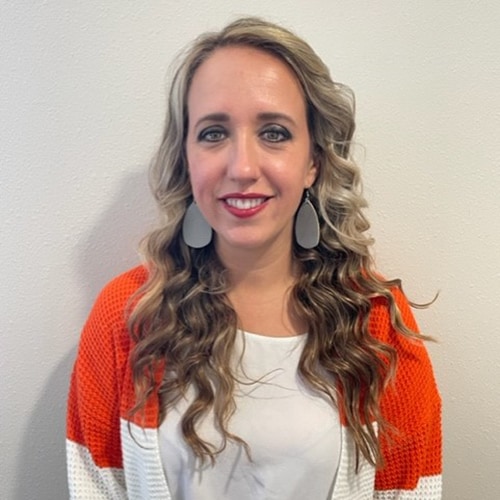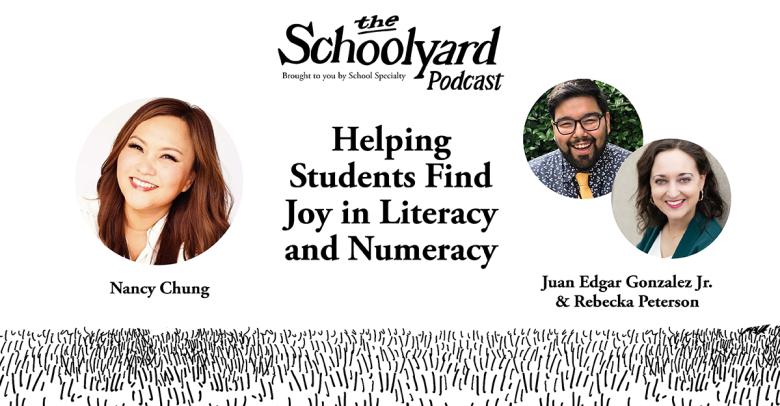While sharing with my former coworkers and friends that work within education across the nation and around the world, we all have come to the same conclusion—education is not for the faint of heart and certainly only the powerhouse rock stars survive! With the ever-growing demands of education and student academic needs, teachers have been asked to further elevate the rigor of their daily instruction. High-quality, explicit, systemic, Tier I literacy instruction that incorporates phonemic awareness, phonics, fluency, vocabulary, writing, and reading comprehension is both the expectation and a necessity.
But how do teachers accomplish all of this within their daily literacy instruction? With the limitation on instructional minutes, resources, planning time, and the ongoing list of additional responsibilities from professional learning committees to data meetings, the list continues to grow! Despite all of this, teachers are leading the way and rising to the challenge in this rejuvenated effort and focus on accelerating instruction and minimizing the gaps created from unfinished learning. Always professional and driven by their love for students, our educators are up to this task, and searching for new ideas, tools, resources, and professional development that will have a significant, positive impact on growth and achievement.
The Science of Teaching Reading: Acceleration and Unfinished Learning
The Science of Teaching Reading is all the buzz throughout the United States as research continues to bring to light the critical literacy needs that are present among students. This shift has created a learning curve for many of us as educators, both old and new, and states have developed their plans ensuring that all teachers have the professional development and knowledge needed to be “highly qualified.”
As a result, one area of reading getting extra attention is phonics. Students’ ability to apply their understanding of phonics is an early indicator and predictor of future reading success. Consequently, we have also seen a trend towards a shift in state performance standards in which phonics instruction has become more of a focus beyond just the primary grades.
Based on the impact of COVID, in addition to other more traditional barriers to student growth, we are now seeing more and more students of all ages requiring intensive instruction and intervention to address critical phonemic awareness and phonics skills that set the foundation for future progress and success in the area of reading, as well as across content areas. Additionally, there is a growing necessity to engage older students with authentic texts, while also reinforcing the mastery and application of phonics skills and addressing intervention needs, all while keeping the focus on grade-level standards and Tier 1 instruction. Reading that sentence is exhausting, much less ensuring that all of this happens within the classroom! Our teachers are truly, “teaching like their hair is on fire.”
Phonics Instruction Best Practices That Support Reading Proficiency and Engage Students
Our educational system is on a mission to revolutionize the way we teach reading across the United States and teachers are the cornerstone for future success in this area. However, for many of us as educators, we quickly discovered that phonics is not intuitive and is far more complex than previously recognized! As a product of the whole-language generation, I have personally experienced the eye-opening phonics knowledge when teaching first grade, as a school administrator, and even on a parental level while navigating dyslexia struggles with my daughter.
As we undergo this learning curve and make this transition, something has become evident: when phonics instruction is systematic, carefully designed, intentionally selected rigorous and aligned activities, we see students excited about their work, dedicated to the tasks, and successfully mastering the standards. In order to accomplish all of this, I would like to share some best practices for teaching phonics. The following ideas are ones I have used as a classroom teacher or have observed other teachers using when I was a school administrator.
- Create diversified, print-rich environments throughout the classroom and school. Include high interest books designed for students that are currently reading at a lower reading level. Utilize the environment to call attention to phonics rules that are authentically embedded within their day-to-day reading materials and across all content areas. This gives meaning, purpose, and context for the skills that students are working towards mastering.
- Provide a variety of tools, resources, and manipulatives. Students need to be able to manipulate the content through hands-on, collaborative experiences that are engaging and ignite excitement for the content. These items can be utilized throughout the lesson framework, whether in direct-teach, small group, centers, student conferencing, or independent student work. This best practice differentiates instruction, creates individual student accountability, and is an excellent tool way to generate an abundance of meaningful data via formative assessment.
- Differentiate based on student needs, abilities, and interests. Arguably, the application of phonics skills is one of the easiest components of reading to differentiate. The content and level of a text and the interest of a specific student can easily be accommodated when utilizing student-selected authentic texts, student journals, and the right supplemental resources and tools. Best of all, these activities are “bottomless.” This means that based on student ability and needs, they will be able to match the phonics focus to what they need, resulting in possibly a different number of words, complexity within those words, etc., while reinforcing the same skill. Close the lesson with a collaborative share-out amongst students and this will provide the teacher with even more formative assessment on individual student mastery.
Additional Phonics Instruction to Support Student Reading
Collaborative, hands-on activities that utilize a variety of tools and resources create a fun and positive environment in which students want to participate and are excited to learn. So how can this be made manageable and practical for a teacher within his or her classroom? This sounds like a lot of preparation—searching, creating, etc. all while trying to minimize teachers’ workload and give them the respect and recognition they deserve for the important work they do each day. With an increase in educational funding, we can significantly reduce teachers’ tasks, giving the gift of time to teachers, by shifting the burden away from lesson planning and preparation and back towards the top priority—meaningful instruction with our students. The right educational products can support our teachers, reinforce phonics instruction, build students’ love of reading and learning, and create a positive climate and culture within classrooms and buildings.
Therefore, I invite you to explore our dynamic array of English Language Arts products. These resources will not only support phonics instruction, but will also, engage students, support their development as proficient readers, build confidence in their ability to decode unfamiliar words, and build their academic vocabulary.
Laura Nicole Hill
Nicole has served within the field of education for 16 years as a classroom teacher, specialist, assistant principal, and principal. She is certified as an educator in the areas of EC-12 Principal, EC-8 Generalist, 8-12 English Language Arts, Reading, and Social Studies, EC-12 Special Education, EC-12 Gifted and Talented, and EC-12 English as a Second Language. Her school experience varies and includes work with students in prekindergarten through 12th grade, both in Texas and Europe, and within communities that were uniquely diverse in terms of their demographics, size, and campus needs. While serving in these roles, she developed expertise in the areas of curriculum and instruction, professional development, and leadership. As the Instructional Solutions Subject Matter Expert for School Specialty, she provides expertise in the areas of Literacy and Math, as well as other content areas and classroom resources.
Read more by Laura Nicole Hill–>







Leave a Reply